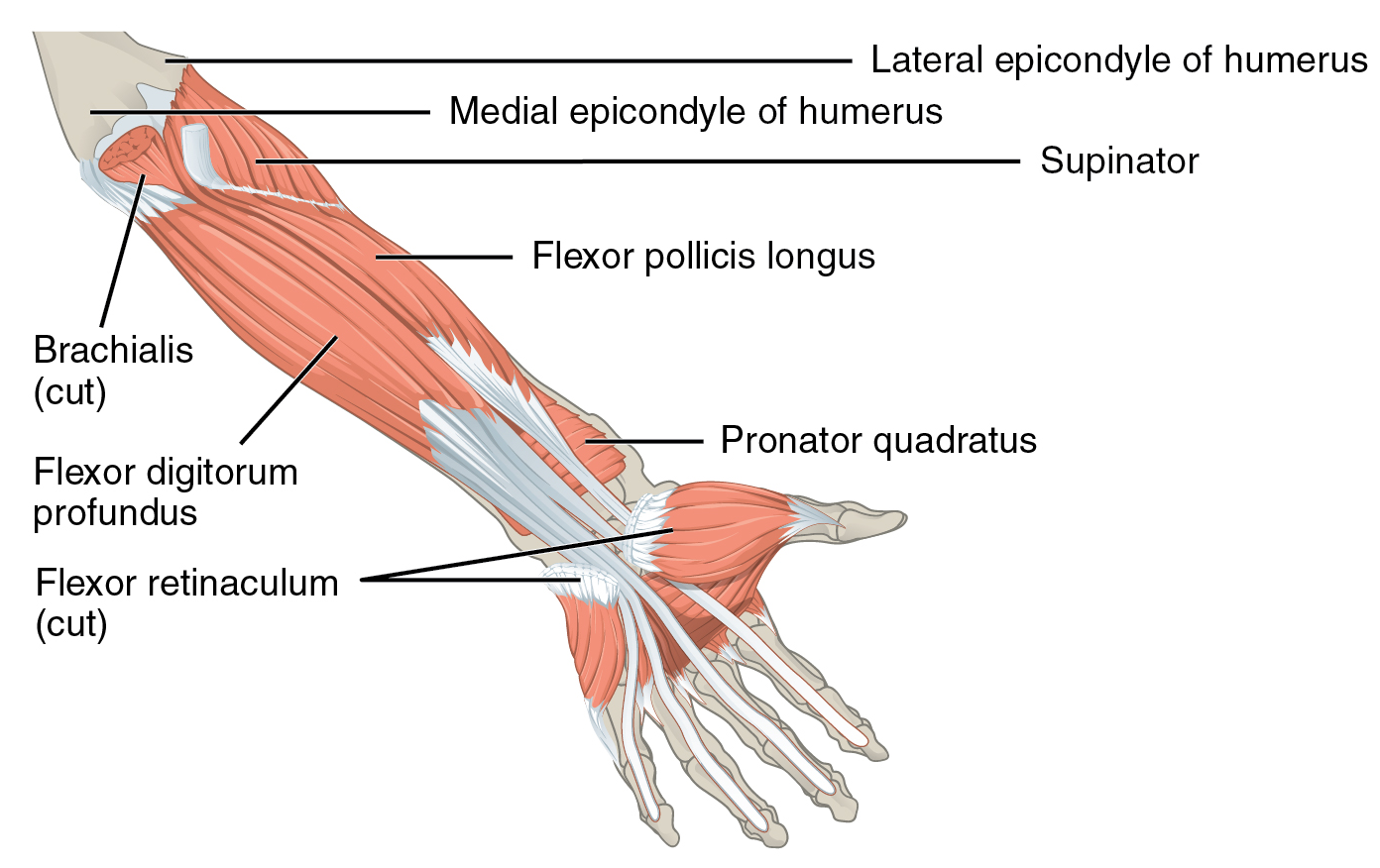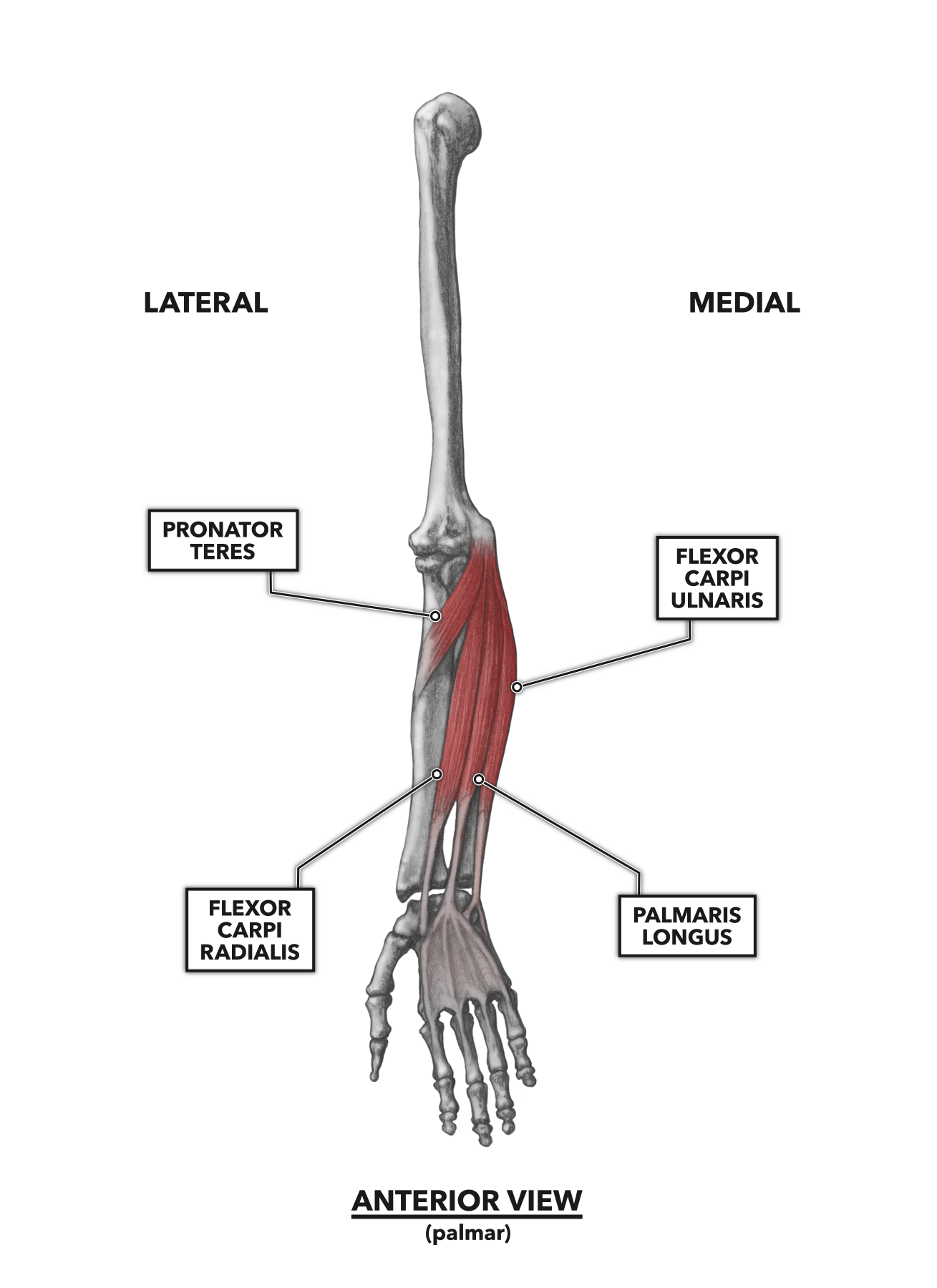
Wrist flexion is the movement of the wrist joint that brings the palm of the hand closer to the forearm. This movement is essential for many daily activities such as grasping objects, typing on a keyboard, and playing musical instruments. The muscles responsible for wrist flexion are located in the forearm and are divided into two groups: the superficial group and the deep group.
Superficial Group Muscles

The superficial group of muscles is located on the anterior side of the forearm and consists of three muscles: the flexor carpi radialis, the palmaris longus, and the flexor carpi ulnaris.
The flexor carpi radialis muscle originates from the medial epicondyle of the humerus and inserts into the base of the second and third metacarpal bones. This muscle is responsible for flexing the wrist joint and abducting the hand at the wrist.
The palmaris longus muscle originates from the medial epicondyle of the humerus and inserts into the palmar aponeurosis. This muscle is responsible for flexing the wrist joint and tensing the palmar fascia.
The flexor carpi ulnaris muscle originates from the medial epicondyle of the humerus and the posterior border of the ulna and inserts into the pisiform bone and the hamate bone. This muscle is responsible for flexing the wrist joint and adducting the hand at the wrist.
Deep Group Muscles

The deep group of muscles is located beneath the superficial group and consists of four muscles: the flexor pollicis longus, the flexor digitorum profundus, the pronator quadratus, and the supinator.
The flexor pollicis longus muscle originates from the anterior surface of the radius and the interosseous membrane and inserts into the distal phalanx of the thumb. This muscle is responsible for flexing the interphalangeal joint of the thumb.
The flexor digitorum profundus muscle originates from the anterior surface of the ulna and the interosseous membrane and inserts into the distal phalanges of the four fingers. This muscle is responsible for flexing the distal interphalangeal joints of the fingers.
The pronator quadratus muscle originates from the anterior surface of the ulna and inserts into the anterior surface of the radius. This muscle is responsible for pronating the forearm.
The supinator muscle originates from the lateral epicondyle of the humerus and the proximal ulna and inserts into the lateral surface of the radius. This muscle is responsible for supinating the forearm.
Conclusion
The muscles involved in wrist flexion are essential for many daily activities and are divided into two groups: the superficial group and the deep group. The superficial group consists of three muscles, while the deep group consists of four muscles. Understanding the anatomy and function of these muscles can help prevent injuries and improve performance in activities that require wrist flexion.